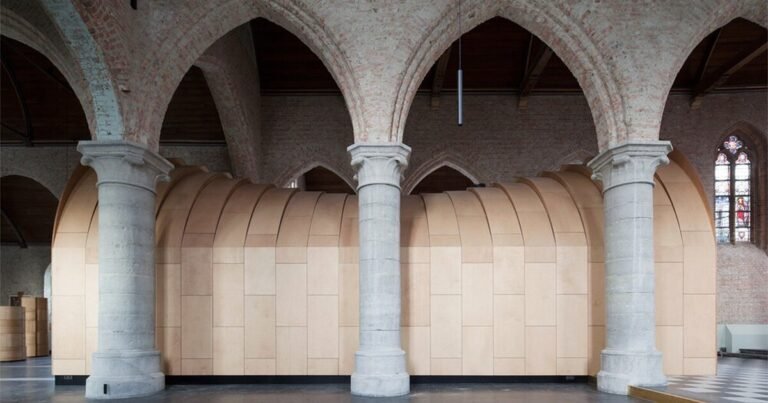The Untold Narrative of How India Influenced the Memphis Design Movement
Where the postmodernist style of Memphis is famed for its amalgamation of anticonsumerism and multiformity, much of this aesthetic can be said to be a collective transmutation of his obsession with not just pop art and the Austrian Jugendstil movement, but also the sights and sounds of India. As Barbara Radice, a design critic and Sottsass’s spouse of over 30 years, once shared, “Ettore found India because he needed India… He looked for it and found it instinctively, as animals sniff the air and go to water.” The influence is remarkably clear. With his intentional naming of objects memorializing Indian emperors to his early translations of Sanskrit texts, Sottsass was pulled in by the esotericism and mysticism of Hinduism and South Asia.
This growing fascination with India was, of course, not an isolated one. In fact, many design pioneers, from Charles and Ray Eames to Le Corbusier, are noted to have spent a considerable amount of time in the subcontinent, traveling, collecting and pulling ideas. The iconic pepper mills and corkscrews that Sottsass designed for Alessi in 1989, which are available to purchase at SSENSE today, were born out of the 1988 furniture exhibition “Bharata,” leading to a collaboration with Indian craftspeople, which subsequently inspired Twergi’s turned wood object series.
Why then, does the impact of the South Asian aesthetic usually get left out of most contemporary design conversations? Eastern culture and philosophy has contributed to the quality of life experienced by the West, yet maintains its position as an “underdeveloped world.” Evidently, it’s time for the design world to acknowledge its other influences. Shezad stresses that “it is very important to see the ‘modern’ as a two-way street, with South Asia having as much of an influence on Le Corbusier and others such as Neutra and Louis Kahn.”
Perhaps this reframing of the narrative, to include South Asian histories in the celebration of present day enjoyments of design, will allow for more possibilities and potentialities in the art world as a whole. Mansi Shah, an Indian American artist based in Los Angeles, California, believes “there will certainly be more depth” that comes with this recognition. For some, like Italian design producer Ivan Mitteon, who recently released the book Sottssass/Poltranova 1958 – 1974, the influence is more trivial. “Eastern philosophy has been very important in the ’60s and ’70s, as it was seen as a new way of dealing with contemporary issues,” he explains. “I don’t know if it’s still very much the case now.”



